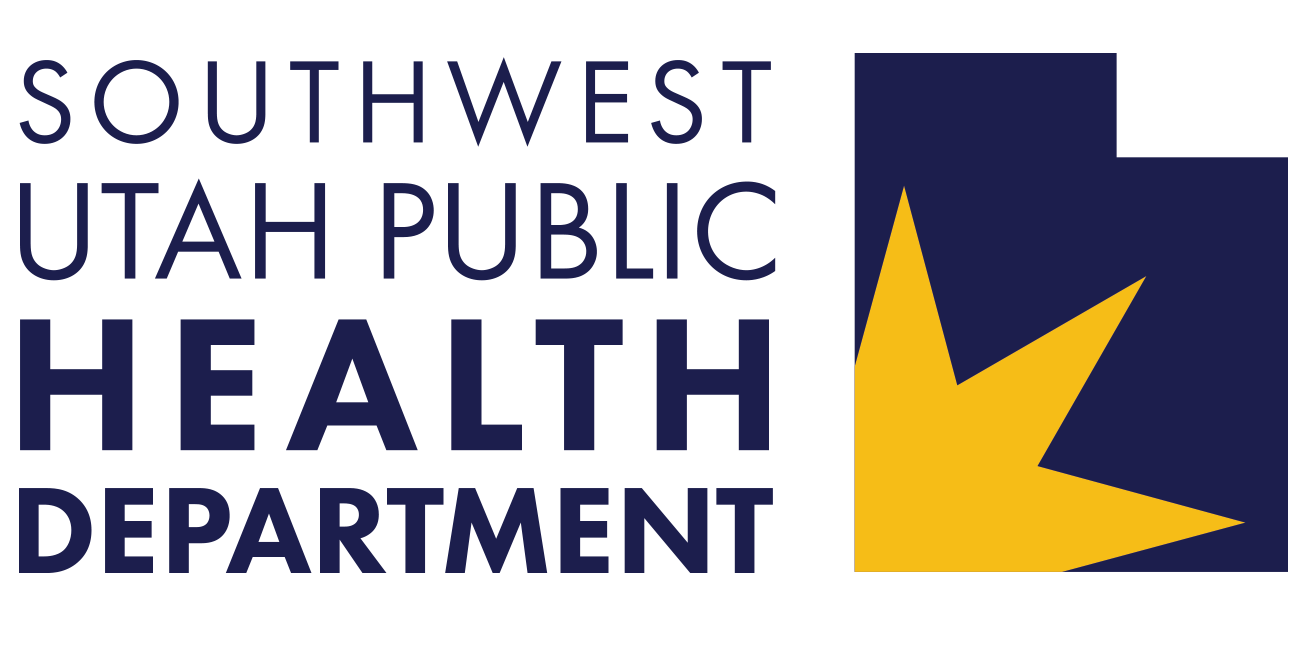Public health can be defined as what we do collectively to improve our health. This idea emphasizes the communal nature of the field – unlike clinical medicine, which focuses on individual treatment. By preventing disease and reducing its spread, public health saves lives quietly, often without acknowledgement or recognition. When public health succeeds, nothing happens — no outbreak, no hospitalizations.
The Invisible Shield, a PBS documentary series released in 2024, walks viewers SWUPHD Emergency Preparedness Planner through the history, foundations, and impact of public health.
Early Lessons in Collective Action
The Invisible Shield traces the origins of public health back several centuries, highlighting significant turning points. In the 1300s, a wealthy Croatian merchant city, Dubrovnik, employed basic disease control methods during plague outbreaks, including quarantining ships before allowing them into the city to trade. These early interventions demonstrated an evolving awareness that disease spread could be mitigated by collective action.
In the 1660s, John Graunt began compiling mortality data in London, tracking deaths by disease, age, and season. This laid the groundwork for the field of epidemiology, which has become one of public health’s most important tools for disease tracking.
How Data and Observation Have Saved Lives
The series also spotlights Ignaz Semmelweis, a Hungarian physician who used observational data to uncover the link between doctors performing autopsies and then delivering babies without handwashing, a practice that caused deadly childbirth infections. His work showed how simple hygiene practices could drastically reduce mortality.
In London in the mid-1800s, there were major outbreaks of cholera. At that time disease was believed to spread through the air, but physician John Snow hypothesized that cholera was waterborne. After a particularly bad outbreak, he interviewed households and mapped cholera cases, eventually tracing the outbreak to a single contaminated water pump on Broad Street. He petitioned the local health board to remove the pump handle, helping to bring an end to the outbreak.
The Power of Prevention
John Snow’s work was a breakthrough that marked a shift in public health thinking, leading to broader acceptance of sanitation infrastructure like sewer systems and clean water supplies. The impact was enormous. In the 1880s, life expectancy was below 40 years. Today it has increased to almost 80 years, thanks largely to public health measures like handwashing, vaccines, sanitation, food safety, and clean water.
We ignore prioritizing public health at our risk, The Invisible Shield argues. When funding, attention, or trust is withdrawn, the consequences can be swift and devastating. This makes public health not only a scientific and societal necessity, but a moral obligation.
The Invisible Shield is more than a documentary; it’s a call to appreciate and invest in the systems that have quietly kept us safe for generations. Through compelling storytelling and historical insight, it challenges viewers to look beyond the hospital walls and recognize the invisible forces that have extended life expectancy, reduced suffering, and made modern society possible. In a world still grappling with global pandemics and rising health disparities, its message is both timely and essential.
Watch The Invisible Shield here.
This article originally appeared in the Fall 2025 issue of HEALTH Magazine.






